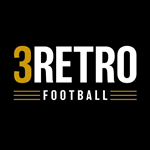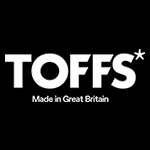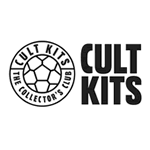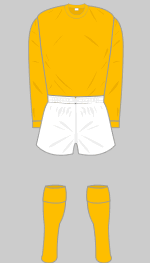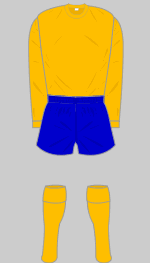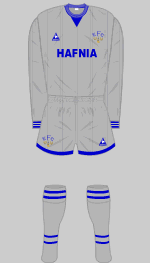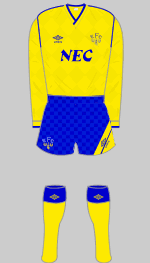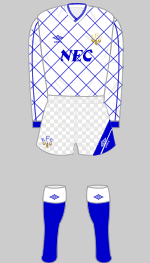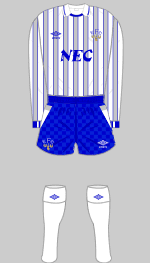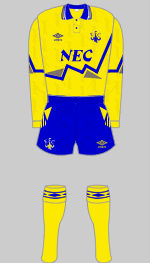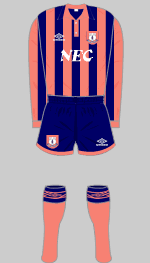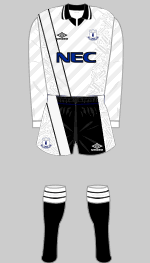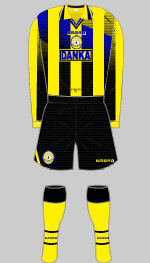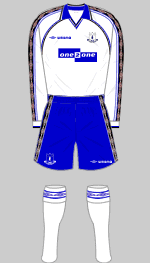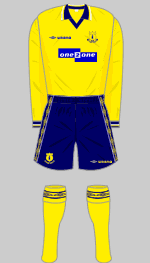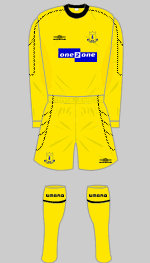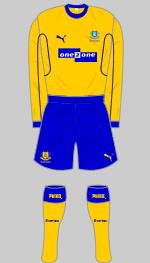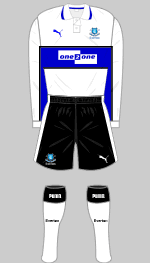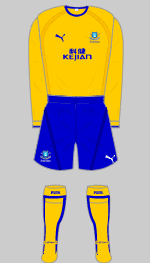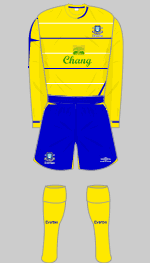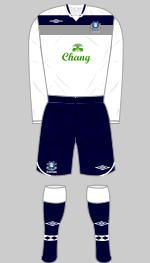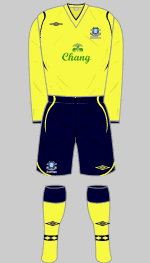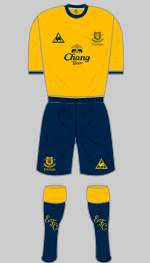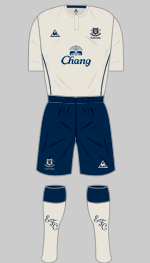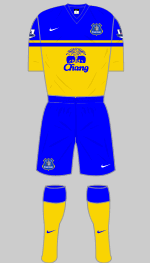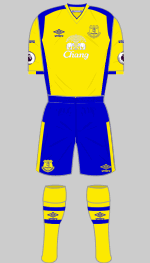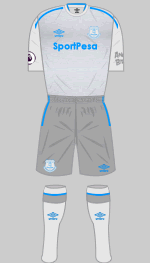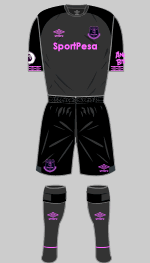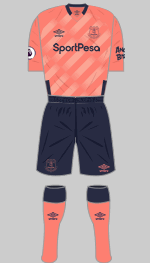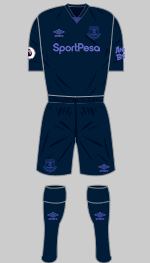Kit History
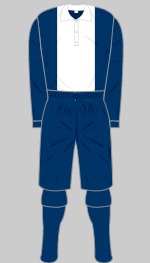
3 Nov 1890 v Notts Co
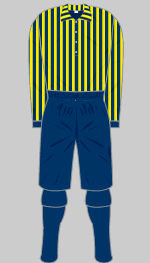
6 Dec 1890 v Wolves
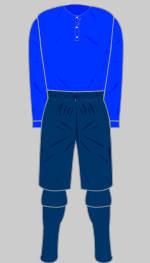
1892-1893 A
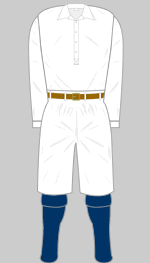
1894-1900 A
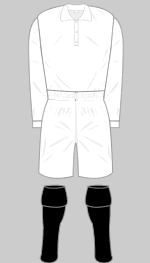
1900-1903 A
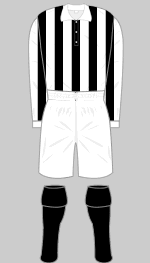
1903-1905 A
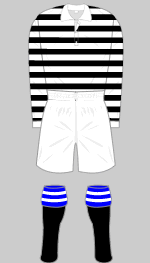
1905-1906
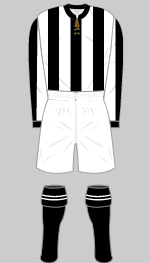
1906-1907 A
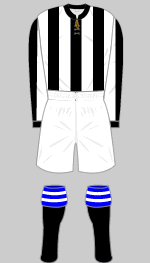
1907-1909 A
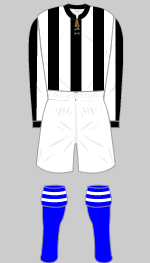
1912-1913 A
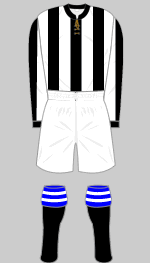
1913-1920 A
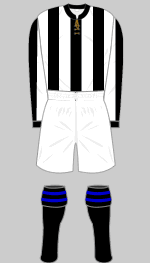
1920-1921 A
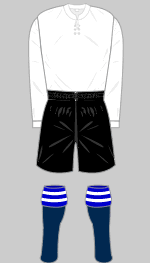
1921-1923 A
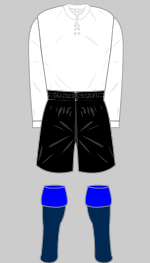
1923-1924 A
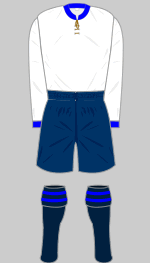
1924-1929 A
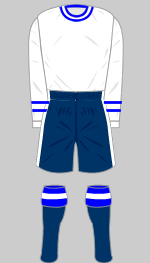
1929-1930 A
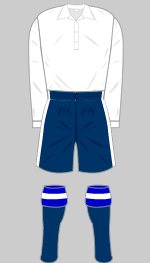
1930-1931 A
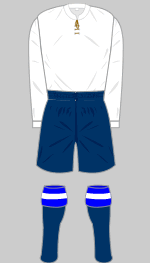
1931-1932 A
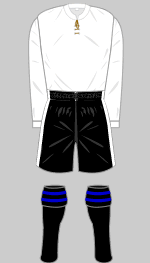
1932-1933 A
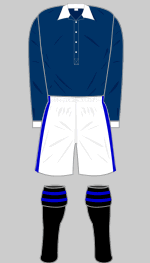
Jan 1933
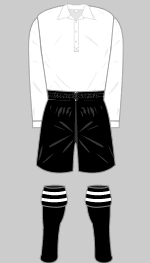
1933 FA Cup Final
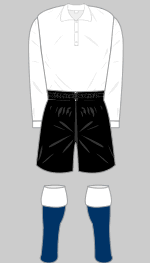
1935-1938 A
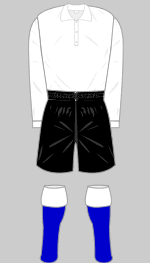
1938-1940 A
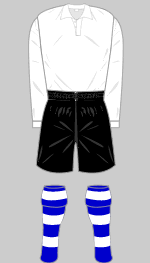
1946-1947 A

1947-1948 A
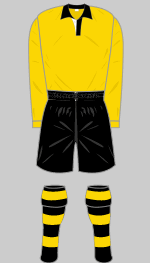
1952-1959 3rd
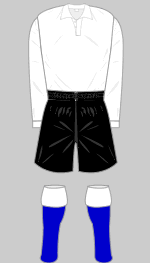
1953-1955 A
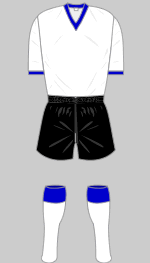
1957-1958 A
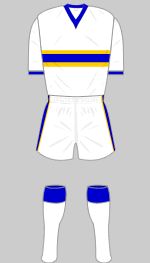
1958-1961 A
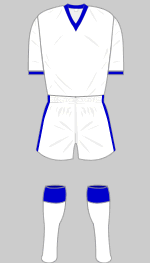
April 1959 A
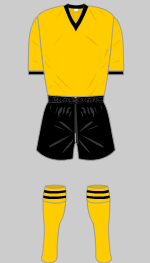
1961-1962 1 A
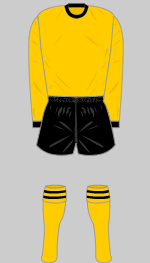
1961-1962 2 A
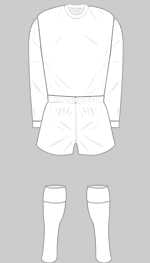
1962-1965 A
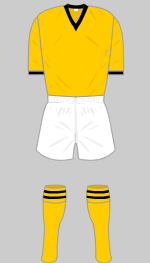
1962-1966 1 3rd
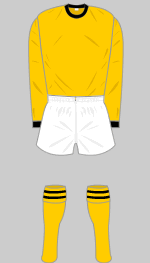
1962-1966 2 3rd
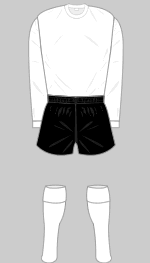
1965-Jan 67 A
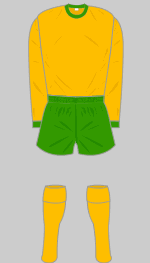
1971-1972 3rd
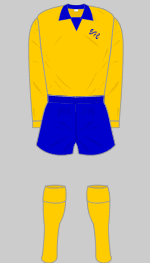
1972-1974 A
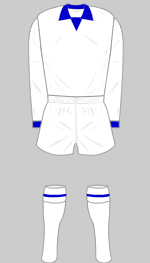
c1972 3rd
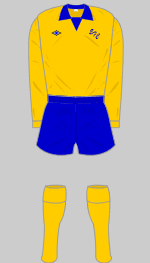
1974-1976 A
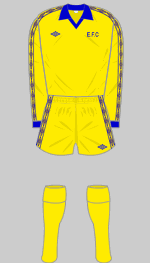
1976-1978 A
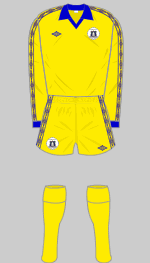
1978-1979 A
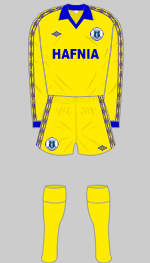
1979-Feb 82 A
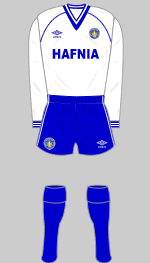
Feb 82-1983 A
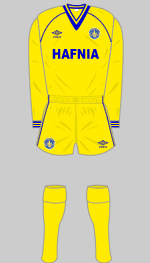
1982-1983 3rd
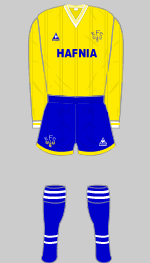
1983-1985 3rd
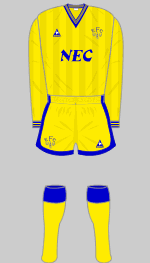
1985-1986 A

1985-1986 3rd
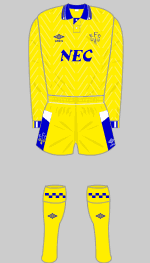
1988-1990 3rd
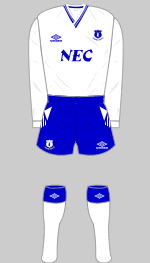
1992-1993 3rd
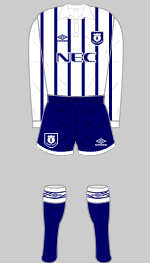
1993-1994 3rd
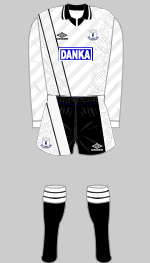
1995-1996 A
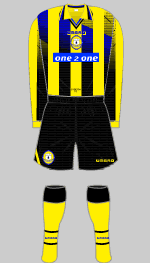
1997-1998 A
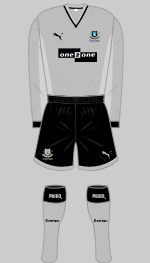
2001-2002 A
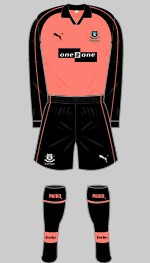
2001-2002 3rd
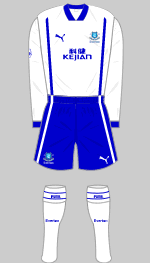
2002-2003 A
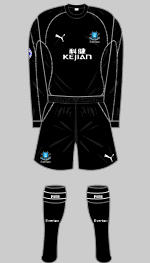
2002-2003 3rd
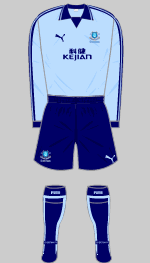
2003-2004 3rd
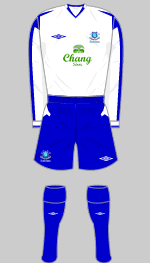
2004-2005 A
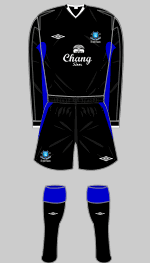
2004-2005 3rd
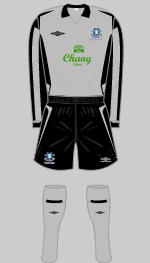
2005-2006 A
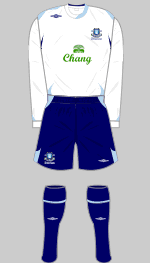
2006-2007 A
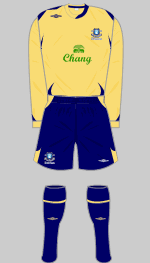
2006-2007 3rd
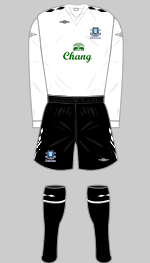
2007-2008 A
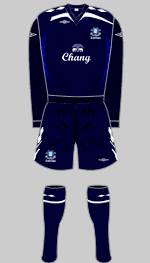
2007-2008 3rd
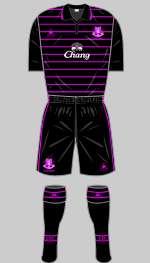
2009-2010 A
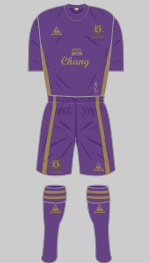
2009-2010 3rd
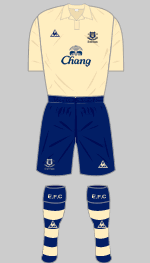
2010-2011 3rd
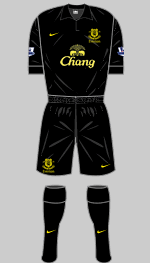
2012-2013 A
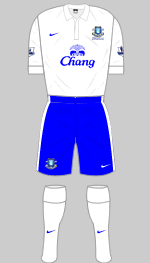
2012-2013 3rd
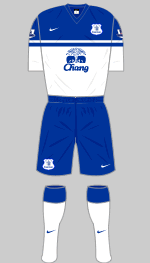
2013-2014 3rd
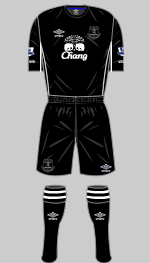
2014-2015 A
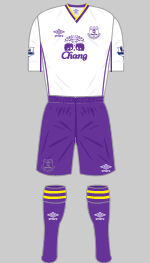
2014-2015 3rd
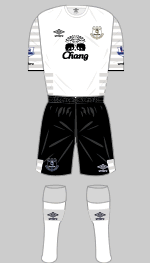
2015-2016 A
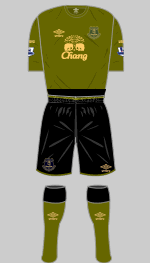
2015-2016 3rd
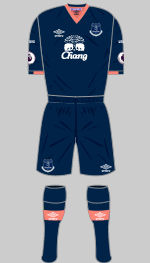
2016-2017 A
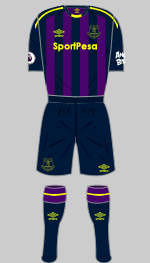
2017-2018 3rd
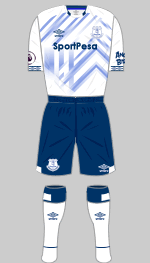
2018-2019 3rd
Background
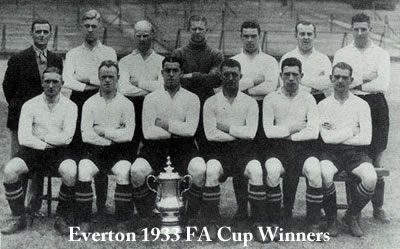 Records of Everton's early change colours are sparse but we do have newspaper accounts of two interesting alternatives used in 1890. Blue shirts were worn in 1892-93 when their first choice was red. After this they probably had a spare set of white shirts to comply with a new Football League rule.
Records of Everton's early change colours are sparse but we do have newspaper accounts of two interesting alternatives used in 1890. Blue shirts were worn in 1892-93 when their first choice was red. After this they probably had a spare set of white shirts to comply with a new Football League rule.
Kjell Hanssen has uncovered a report in the Liverpool Daily Post (24 November 1905) about a new set of tops that were "similar to the Queen's Park jerseys, except that the black ribs (sic) are more pronounced."
Steve Flanagan has discovered from his own historical records (September 2016) that between 1903 and 1921, pre-season trial matches were between "Blues and Stripes," a clear indication of their change shirts in this period. He has further found in contemporary press reports, descriptions of these alternative tops being similar to those of Newcastle. We have to assume that they were worn with the usual first choice knickers and socks as was common practice at the time. From 1921 plain white shirts were favoured.
The club's minute book for 1952-53 records that the team would play in old gold and black for the FA Cup 3rd Round tie with Ipswich (who would wear red and white.) This strip appears to have made several appearances up until 1958-59 when the regular change strip became all-white.
A variation appeared in 1959-60 when a blue/gold horizontal band was added to the shirt. This outfit turned up at West Ham in 1962-63. Amber and black was used in the early 60s followed by white/black.
In 1968 Everton wore amber shirts and royal blue shorts in the FA Cup final against West Brom. Although Everton lost, the colour combination proved popular and became the regular choice. Although alternative combinations have been introduced from time-to-time, various shades of yellow and of blue have been regularly reinstated.
The first notable exception was in 1983 when Le Coq Sportif, having replaced Umbro as Everton's kit supplier, designed a silver grey outfit, a daring innovation at the time. The more familiar yellow and blue was reinstated two seasons later. Between 1986 and 1988 Umbro provided a white third shirt with fine diagonal blue lines but this was never worn in a competitive match. In 1988 Umbro, designed a striking white and grey striped top.
In 1992 another innovative design appeared, taking inspiration from one of the team's early kits. The salmon pink and navy striped shirt was certainly distinctive but received a mixed reception from supporters. Umbro's 1994-96 away kit paid lip service to Everton's old combination of white shirt and black shorts but with complex detailing typical of 90s design. This was replaced in 1996 by another audacious design of black and gold stripes with a fading blue flash across the chest.
In 2000 Puma were awarded the contract for supplying Everton's kits. Their first two kits drew on tradition, an amber and blue away kit and a third choice of white shirt with a blue band inspired by the team's 1959 change kit. The following season Puma introduced two rather more radical designs, including a third choice shirt that revived salmon pink.
In 2004 Umbro once again became Everton's kit partner. While their designs have reflected the restraint typical of the period, they have not been afraid to experiment with unorthodox shades and reinterpretations of traditional combinations, an approach continued by Le Coq Sportif from 2009. Once Nike took over as the club's technical sponsor, however, the colour combinations became more conventional.
Sources
- A = Away (change) kit
- 3rd = Third choice kit
- With acknowledgements to John Devlin's True Colours Vol 1 (ISBN 0 7136 7389 3)
Photograph courtesy of Blue Kipper.com


